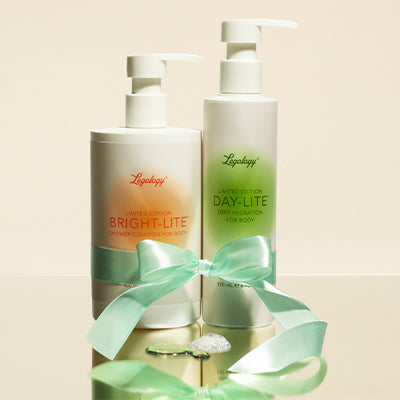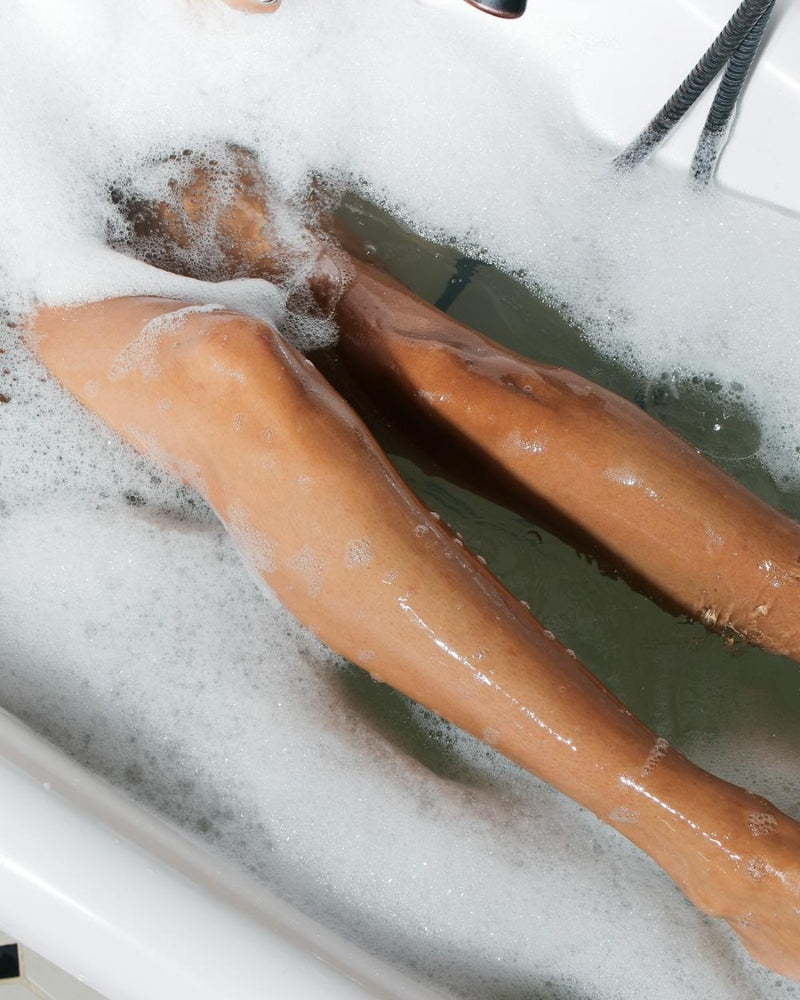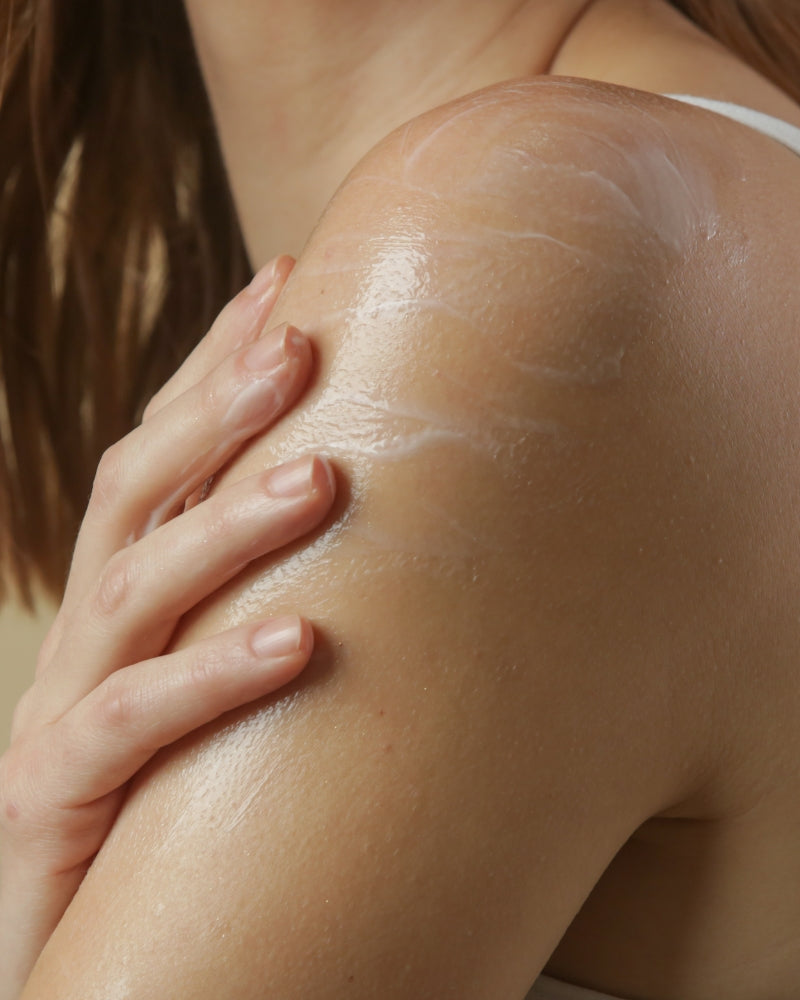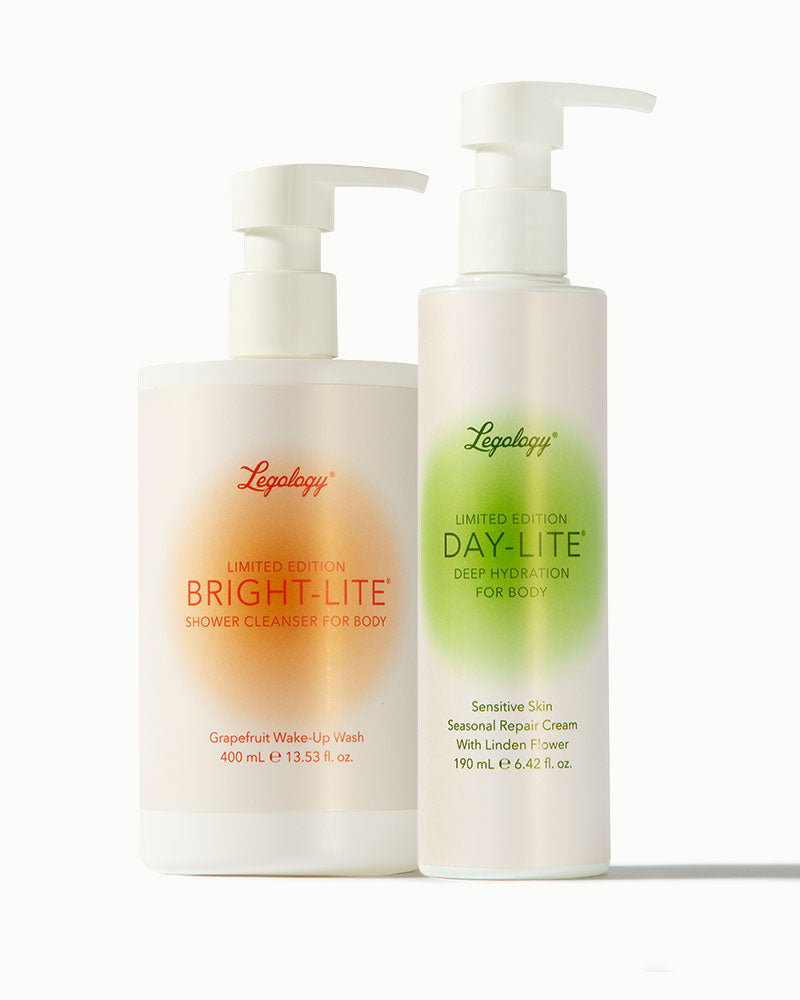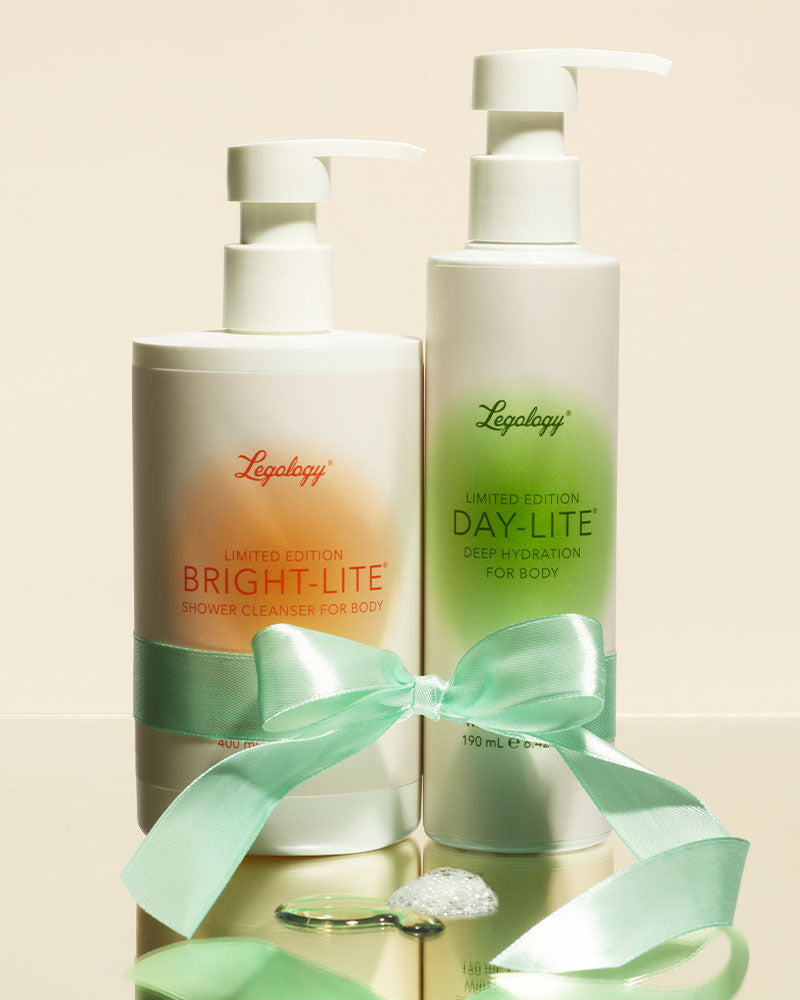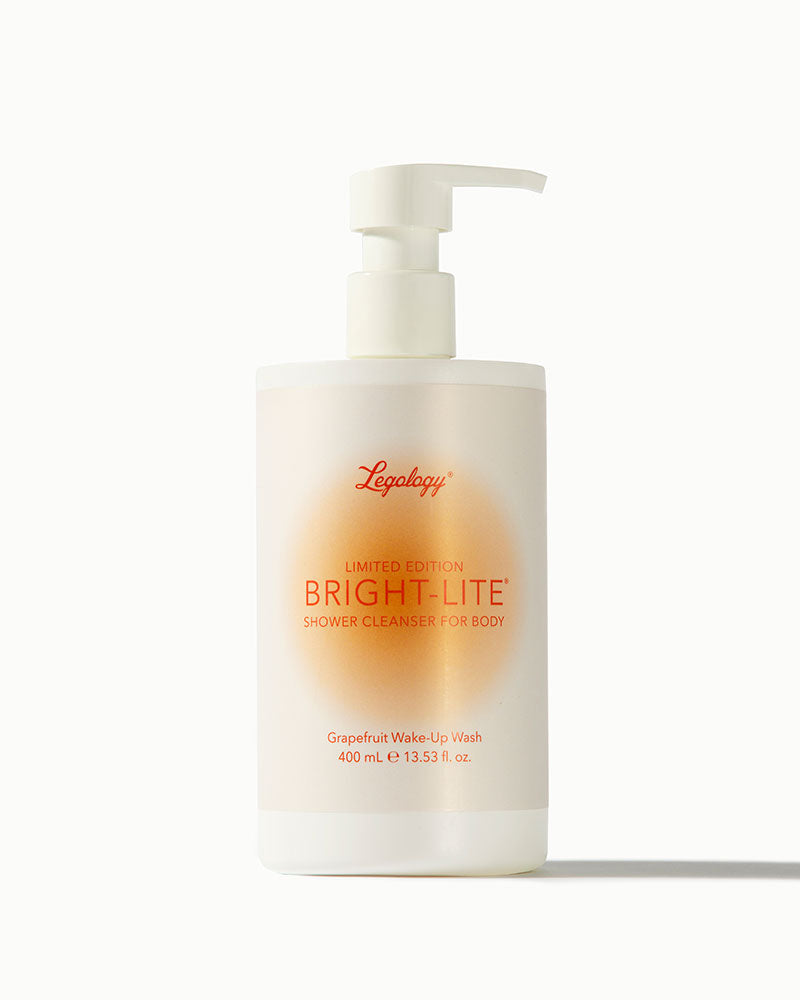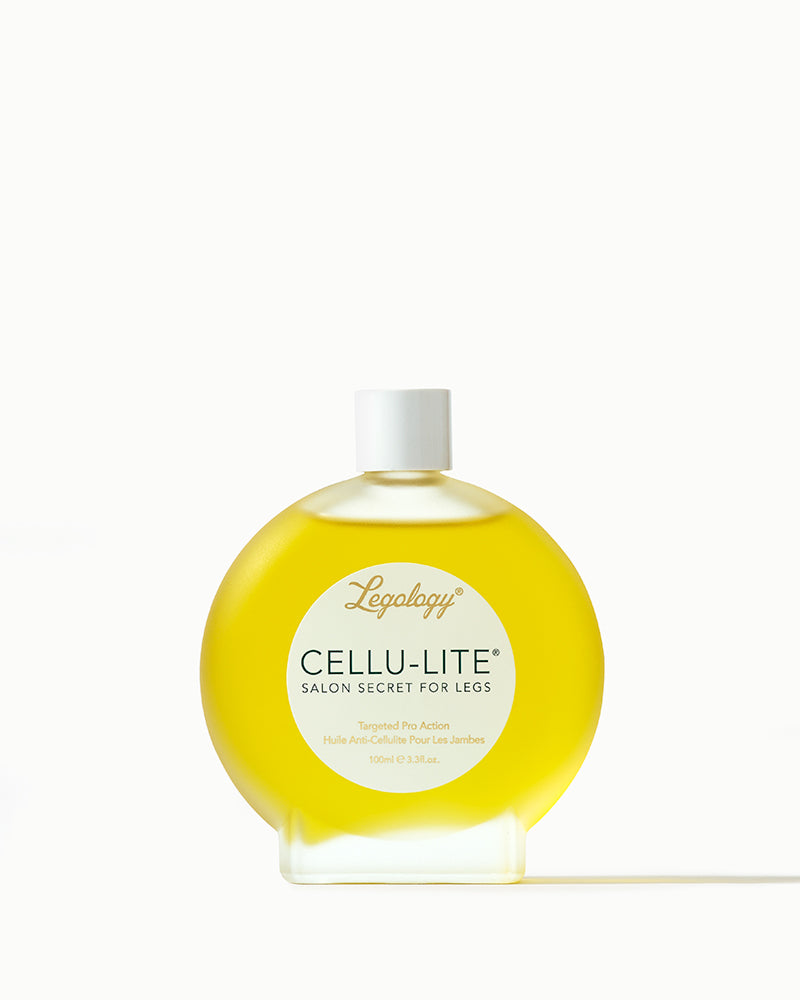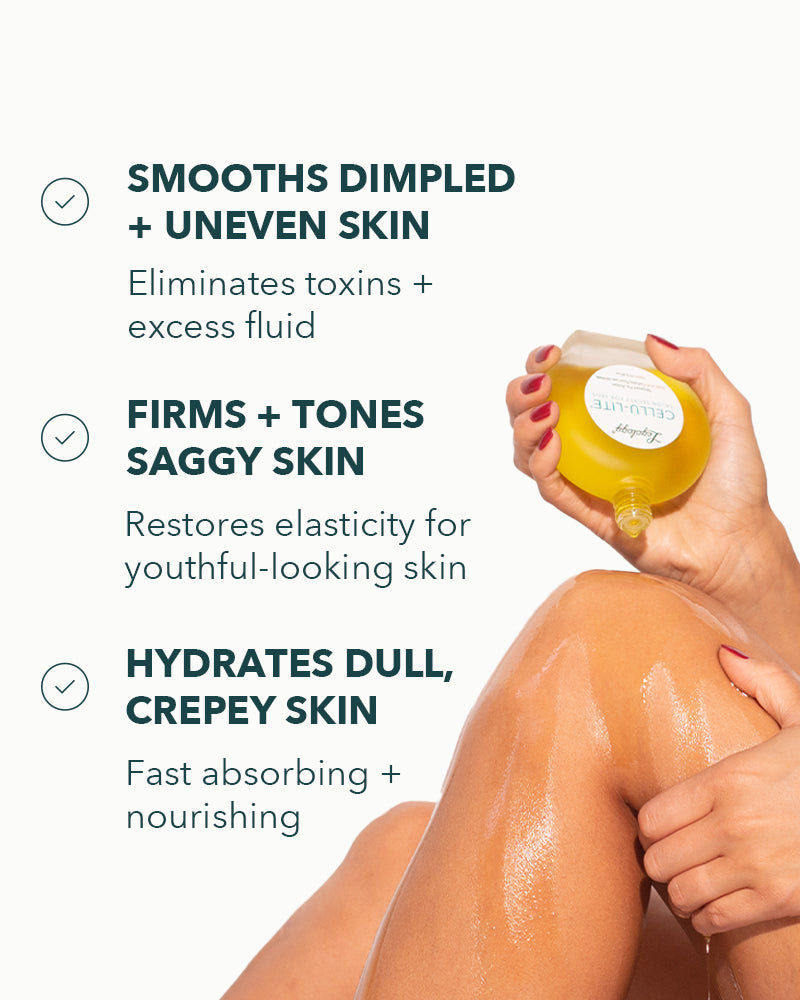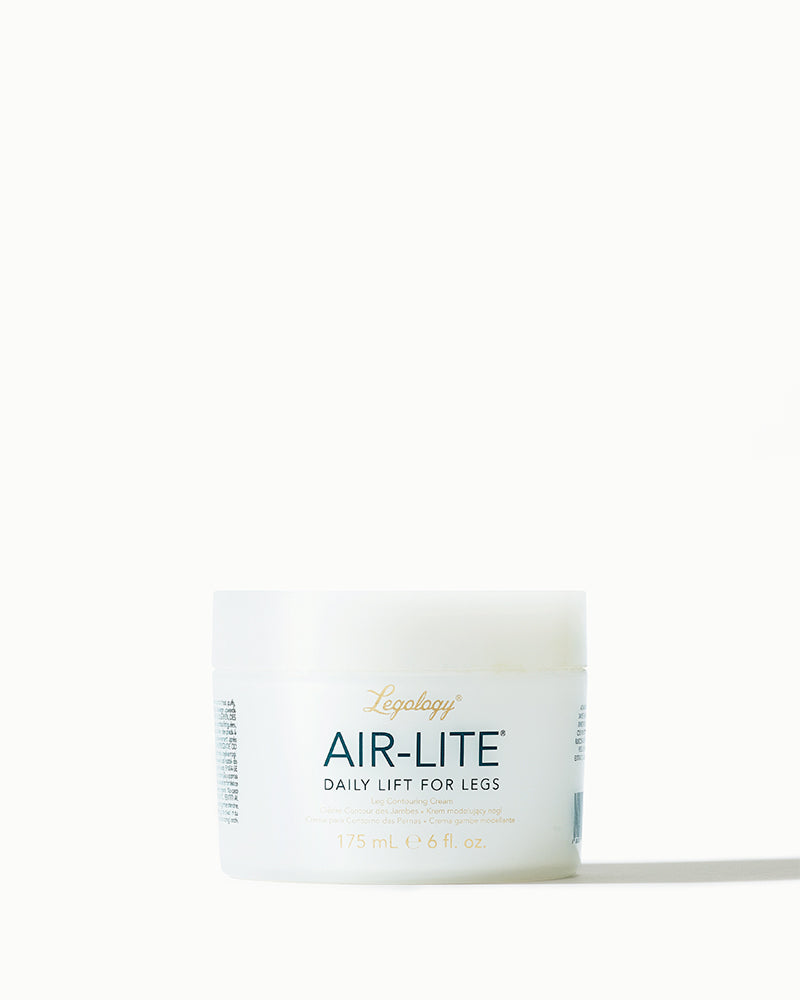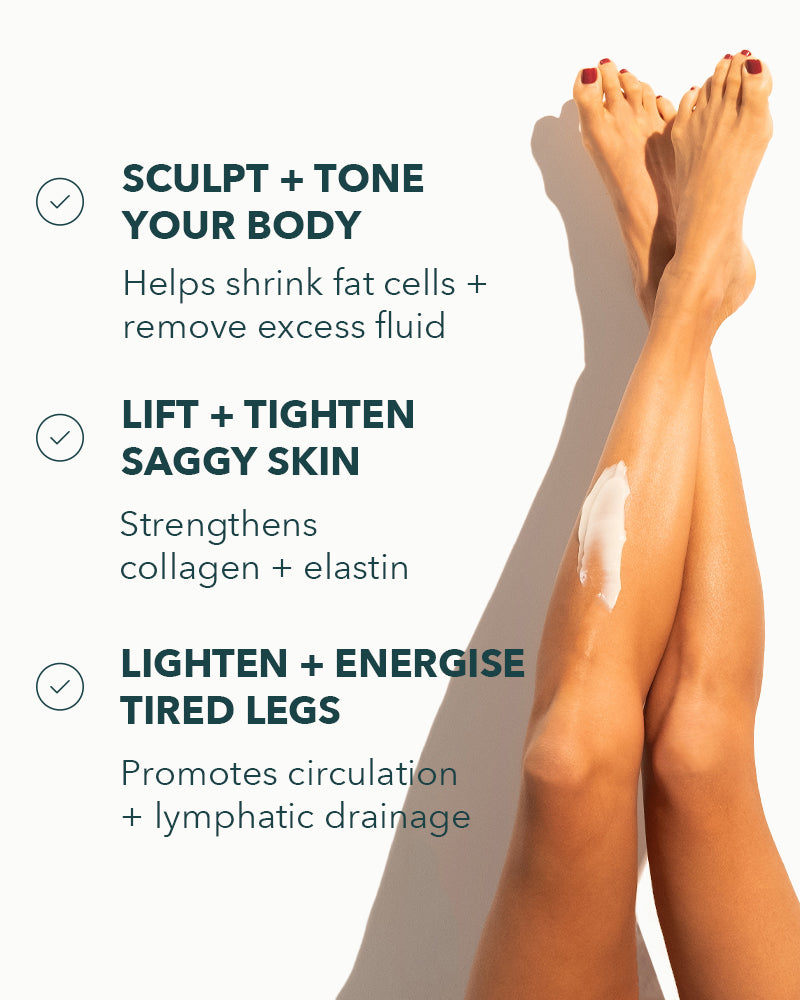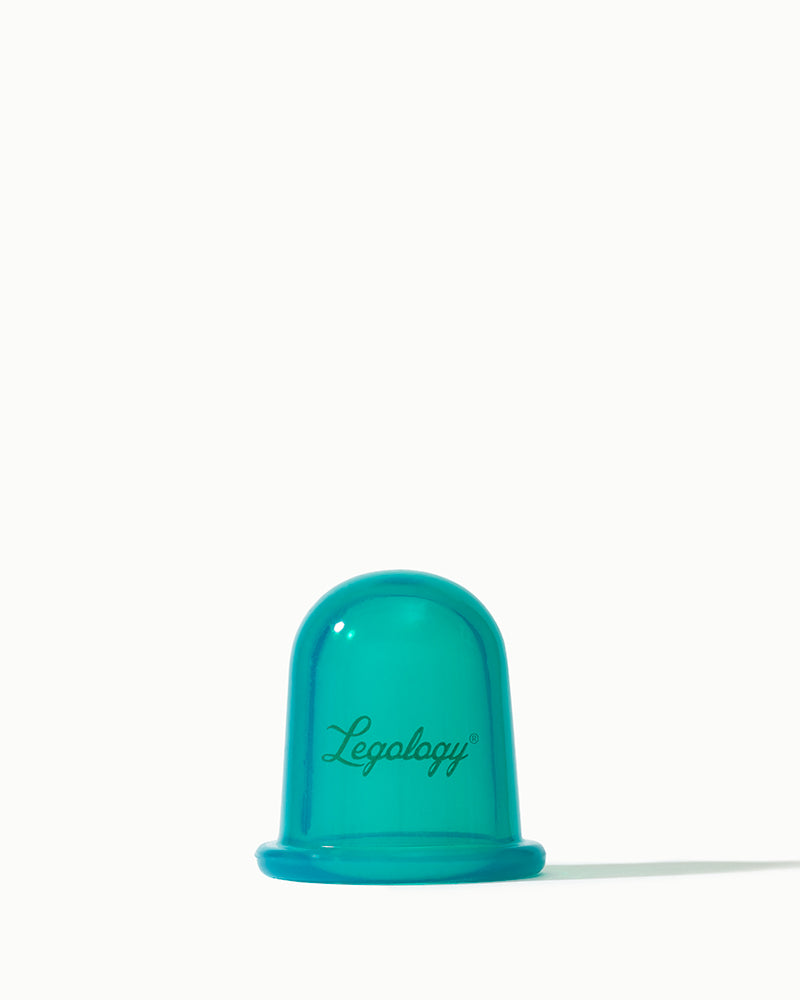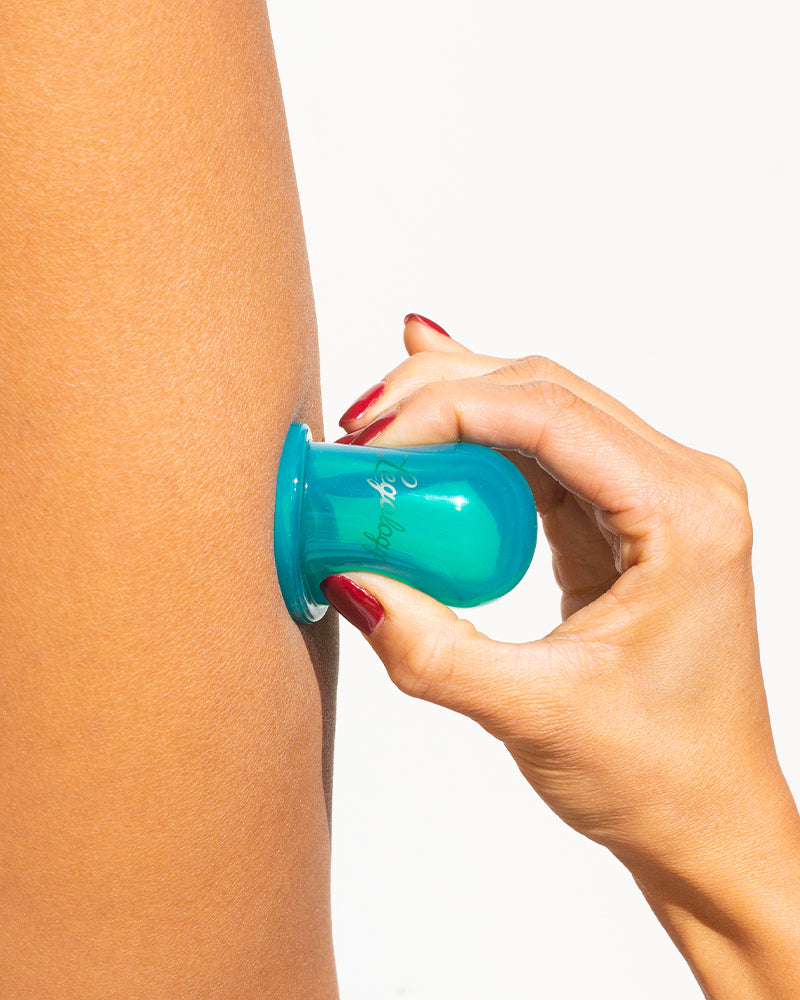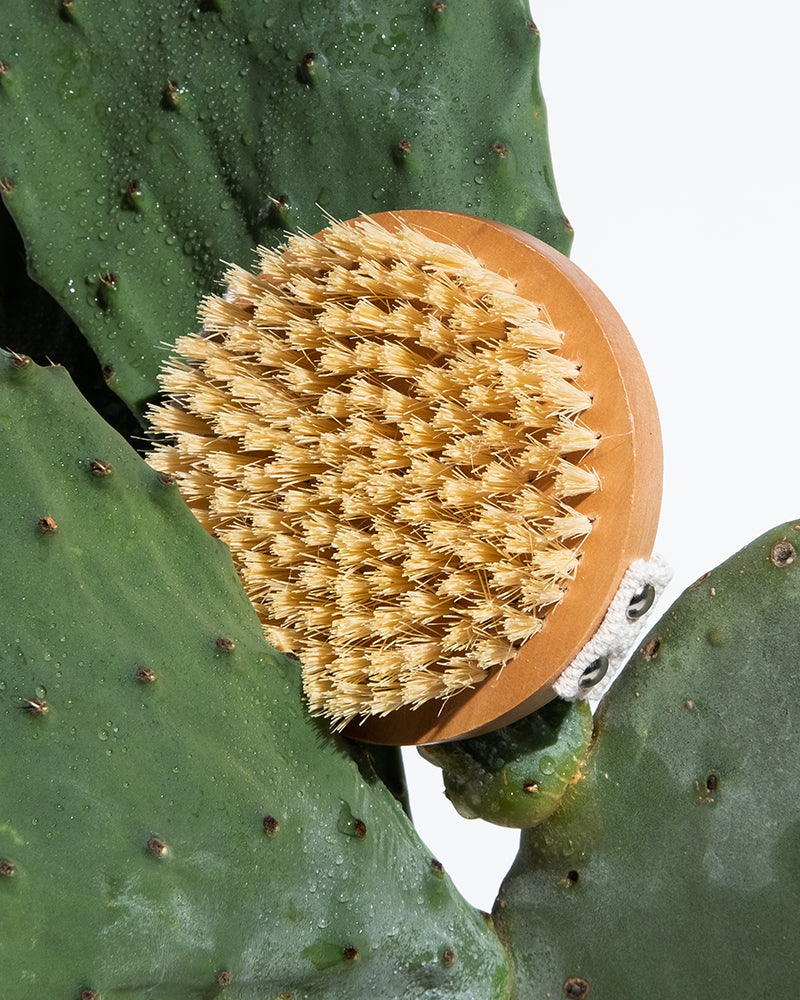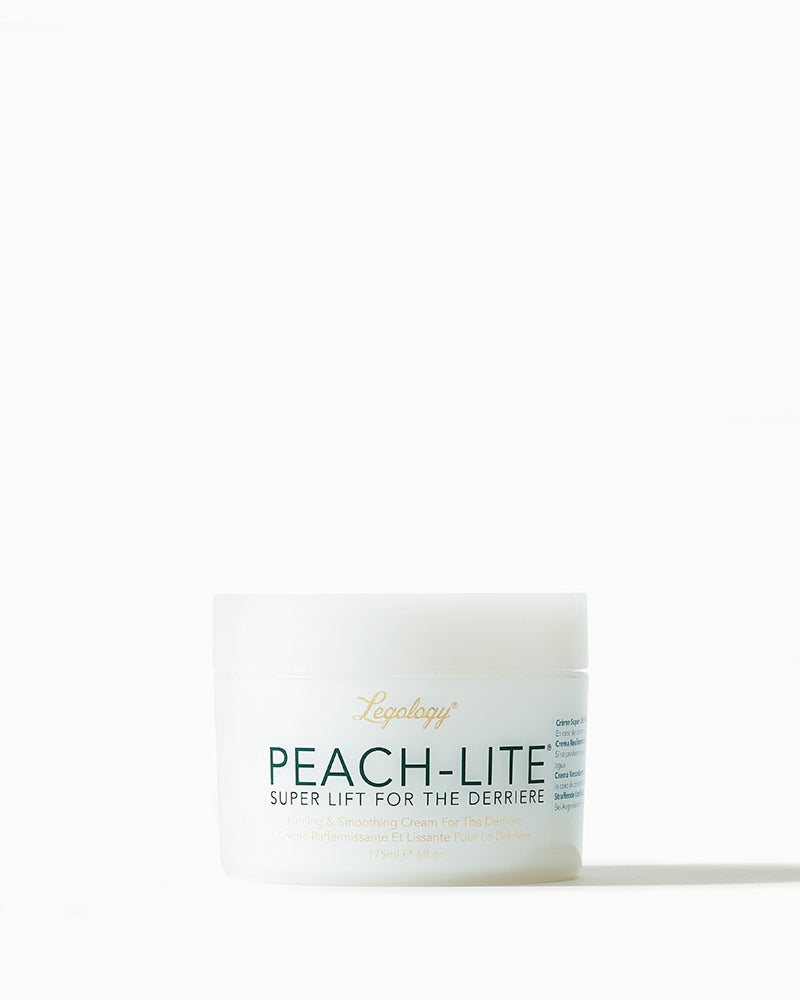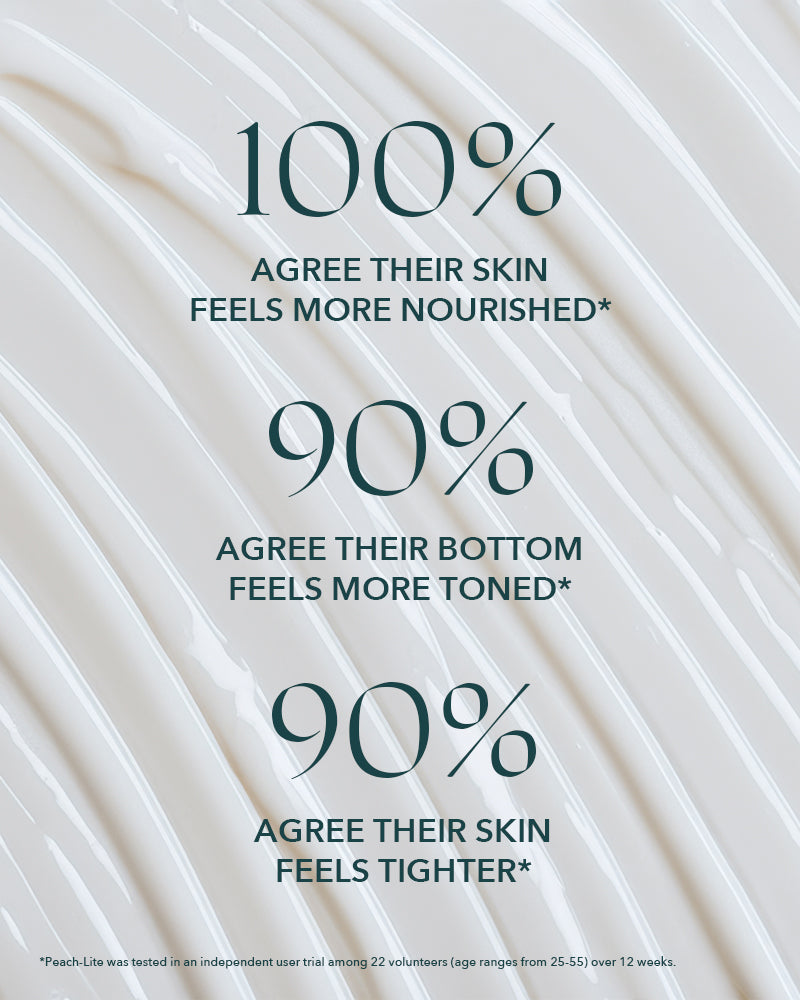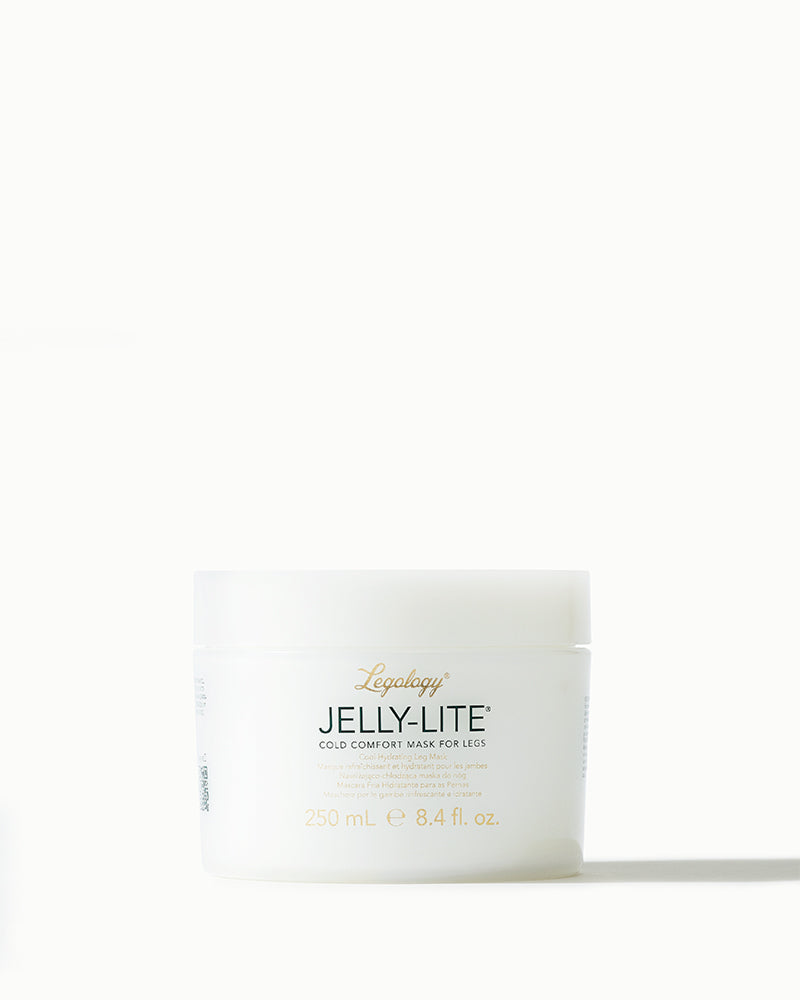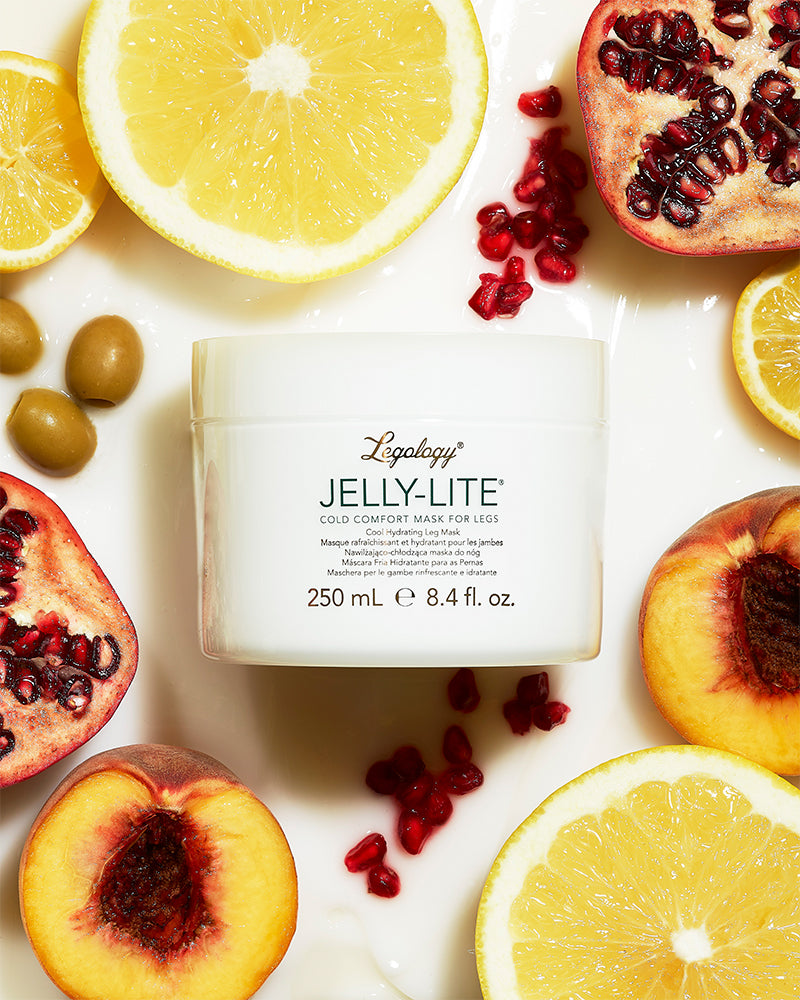How To Lighten Dark Knees

Like cellulite, this is another of those irksome beauty issues which takes understanding to treat successfully. Knees that look darker than the rest of your legs, often appearing patchy. The good news is though that you can improve on this beauty problem, and the solution doesn’t always rest in an expensive dermatologist’s clinic.
WHY DOES SKIN GO DARKER?
So how do you get rid of dark knees?
First, it’s important to understand why the phenomenon is happening. Skin in this area can get darker for a few reasons. Dermatologists blame friction (could be your leggings or jeans), a rash or reaction, hormonal changes, a build up of dead skin cells, genetics and sun exposure. All of these can trigger hyperpigmentation, especially sun exposure.
It’s a long word, but a common but harmless skin issue: hyperpigmentation is the term given to skin that has darkened as excess melanin, the skin’s natural tanning pigment, has been triggered to rise to the surface, creating the dark staining that appears as dark spots (you often see them on the backs of your hands and on your face). It can be more prevalent for those with darker skin tones, and when it develops on our knees effective treatment depends on the cause.
CAN SKIN LIGHTENERS HELP DARK KNEES?
If friction is the main cause, a good skin-lightening cream can help along with physical barriers like clothing or knee pads. What happens with friction is that it causes a build-up of skin cells and darkening of the skin because melanin goes into overdrive as the skin thickens to protect itself. The easiest way to ‘lighten’ skin is with alpha or beta hydroxy acids in the form of glycolic or salicylic acid which can be found in many skin creams. These gently exfoliate the skin, without abrading it like an exfoliator, reducing the build-up of skin cells and darkening of skin by dissolving dead skin cells.
TO EXFOLIATE OR NOT?
It’s important to remove the build-up of dead skin that triggers hyperpigmentation on knees, but only with exfoliants that work without abrading the skin. When we are looking to shift dry, dead skin cells and rough skin, we automatically think of grainy exfoliators as a way of physically smoothing skin, but they are not the answer here. The problem with this kind of abrasive pressure is that it encourages the skin to reinforce its barrier function by overproducing and retaining its surface cells, and that triggers melanin production. So, the cycle that causes discoloured knees continues.
CAN MOISTURISER HELP WITH DARK KNEES?
Yes, the more you can moisturise the better. Even better, if your legs are bare with knees exposed, you should use a moisturiser with an SPF because the sun’s rays are one of the main triggers of melanin production. Moisturising creams with a tyrosinase inhibitor – azelaic acid, kojic acid, arbutin and vitamin C all have this action on skin. Jelly-Lite our deeply hydrating leg mask which contains lemon and skin brightening pomegranate – can be useful in helping to lighten discolouration and pigmentation.
WHAT TO AVOID?
Apart from abrasive exfoliators, dermatologists recommend giving hydroquinone – which is another tyrosinase inhibitor – a pass because it can make the darkness worse. Hydrogen peroxide, a bleaching agent, is also a bad idea because it just inflames skin, damages skin cells, and makes the issue worse.
In addition to topical treatments and preventive measures, lifestyle changes can also contribute to improving dark knees. Maintaining a healthy diet rich in antioxidants and staying hydrated can promote overall skin health, aiding in the reduction of hyperpigmentation. Regular physical activity can also help improve circulation, reducing the likelihood of friction-related darkening. Additionally, wearing loose-fitting clothing and avoiding prolonged exposure to irritants can prevent further damage to the knees. By combining these approaches, you can effectively address dark knees and achieve smoother, more even-toned skin.
